Uncategorized
-
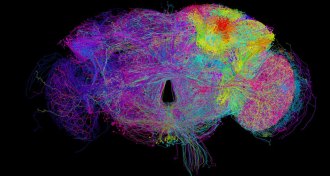 Neuroscience
NeuroscienceThis colorful web is the most complete look yet at a fruit fly’s brain cells
Scientists compiled 21 million images to craft the highest-resolution view yet of the fruit fly brain.
-
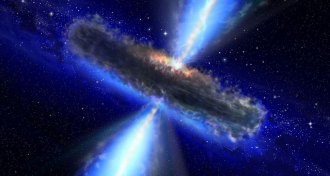 Particle Physics
Particle PhysicsOne particle’s trek suggests that ‘spacetime foam’ doesn’t slow neutrinos
Neutrinos and light travel at essentially the same speed, as predicted.
-
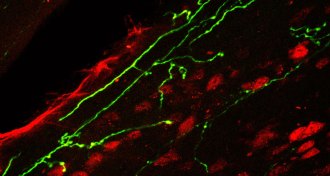 Health & Medicine
Health & MedicineHow a variation on Botox could be used to treat pain
Drugs that incorporate modified botulinum toxin provide long-term pain relief, a study in mice finds.
-
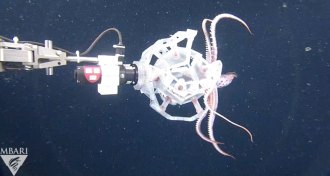 Animals
AnimalsNew ‘Poké Ball’ robot catches deep-sea critters without harming them
A machine that gently catches and releases animals underwater could help researchers take a more detailed census of the deep sea.
-
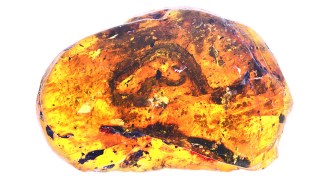 Paleontology
PaleontologyThis amber nugget from Myanmar holds the first known baby snake fossil
Amber preserves the delicate bone structure of a 99 million year old baby snake.
-
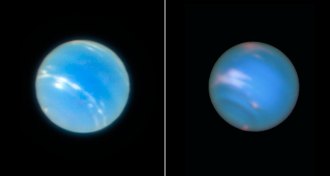 Astronomy
AstronomyMove over, Hubble. This sharp pic of Neptune was taken from Earth
A new strategy at the Very Large Telescope lets astronomers take space telescope–quality pictures from the ground.
-
 Paleontology
PaleontologyAn ancient swimming revolution in the oceans may have never happened
Swimmers may not have suddenly dominated the oceans during the Devonian Period after all: New analyses suggest they took over much more gradually.
-
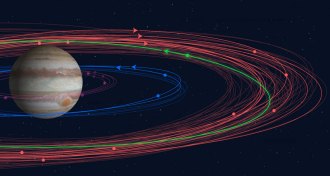 Planetary Science
Planetary ScienceJupiter has 12 more moons than we knew about — and one is bizarre
Astronomers found a dozen previously unknown moons of Jupiter, and one may be a remnant of a larger moon that was all but ground to dust.
-
 Health & Medicine
Health & Medicine‘The Poisoned City’ chronicles Flint’s water crisis
A new book examines how lead ended up in Flint’s water and resulted in a prolonged public health disaster.
-
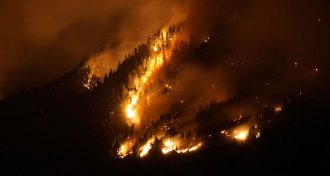 Environment
EnvironmentWildfires are making extreme air pollution even worse in the northwest U.S.
America’s air is getting cleaner — except in places that are prone to wildfires.
-
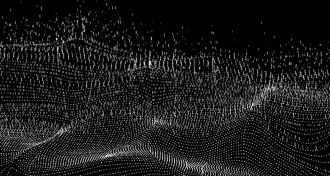 Computing
ComputingSolving problems by computer just got a lot faster
A new computer program sifts through all possible solutions to find the best answer to a given problem far faster than other algorithms.
-
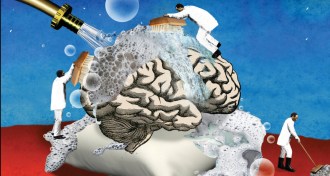 Health & Medicine
Health & MedicineThe brain may clean out Alzheimer’s plaques during sleep
Sleep deprivation may speed up development of Alzheimer’s disease.
By Laura Beil